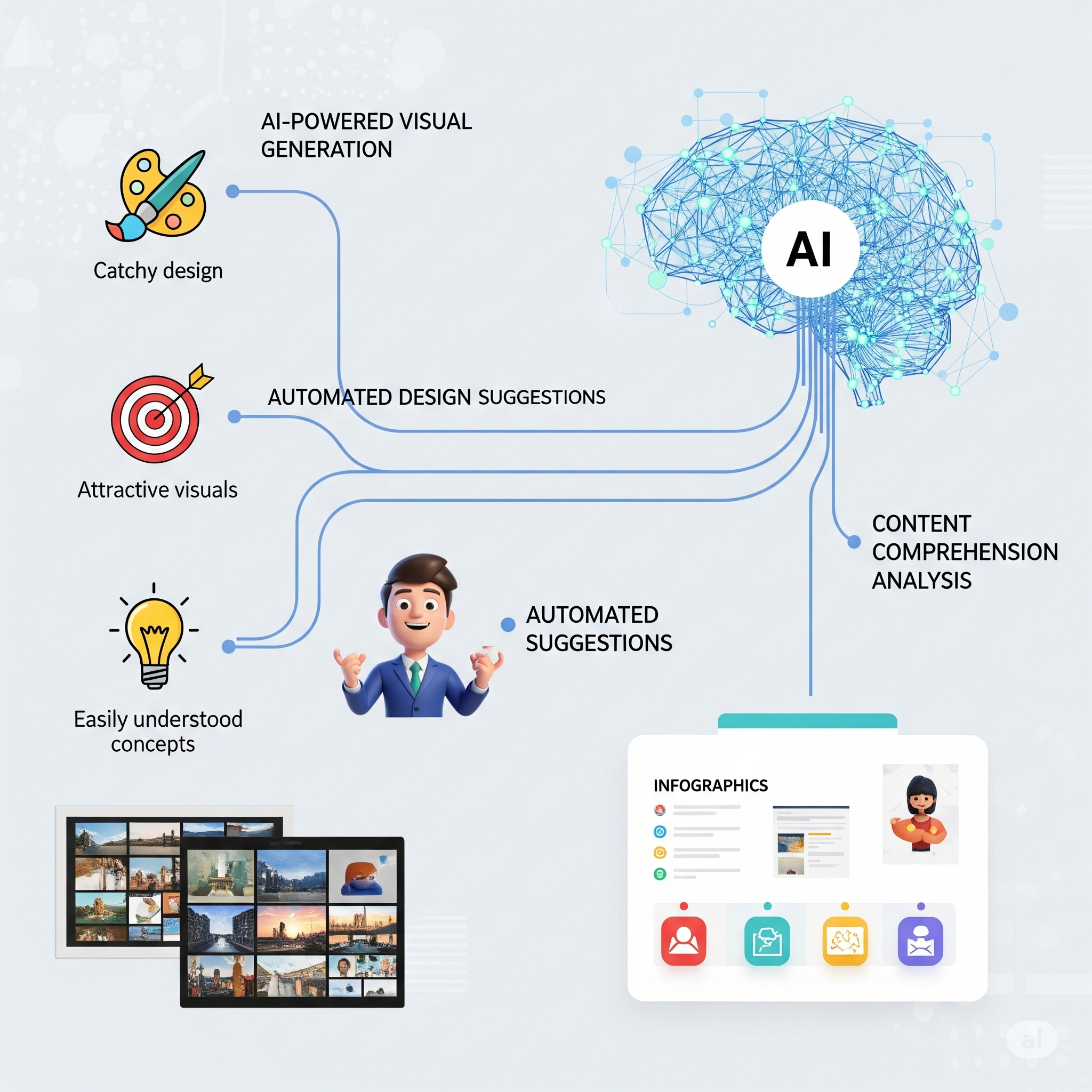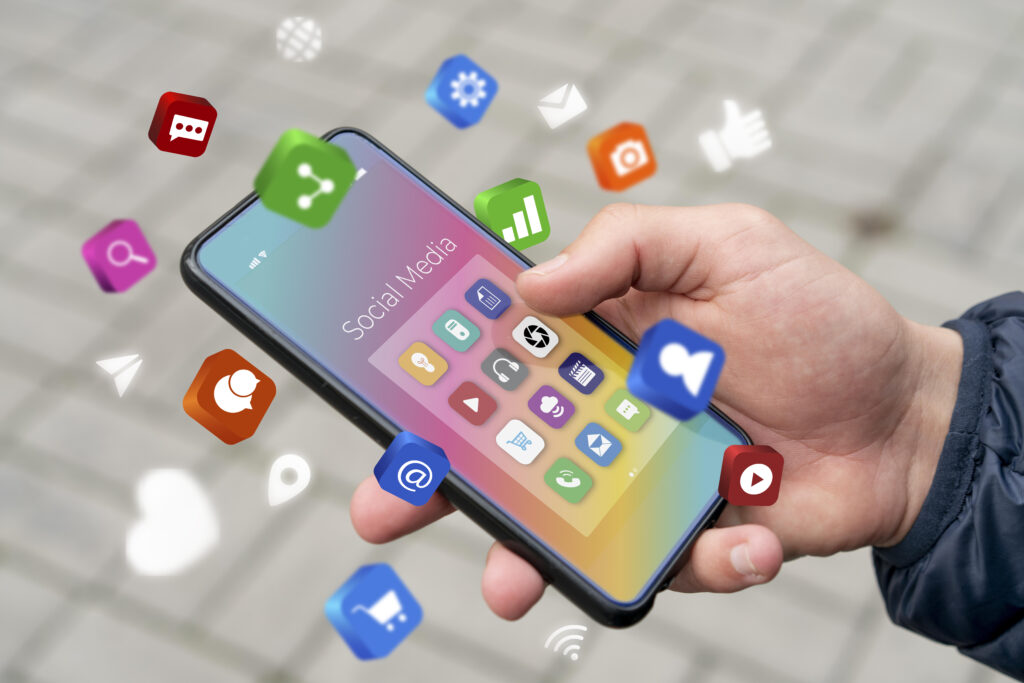The storyteller redefines visual content with AI, transforming brand narratives. Discover how brands become the storyteller customers trust.

1. The storyteller: Redefining Visual Content in the Digital Age
The storyteller is at the heart of every compelling brand today. While visual content has always shaped brand perception, the storyteller elevates it from mere design to meaningful connection.
In a digital era flooded with images, videos, reels, and interactive graphics, brands that succeed are those that become the storyteller — crafting visual content that resonates deeply, feels authentic, and builds trust at every touchpoint.
AI plays a transformative role here. With AI, the storyteller is no longer limited by static images or manual design. Now, brands can automate creative workflows, personalise visual content in real time, and adapt stories for each audience segment.
2. How AI Empowers the Storyteller
AI has become an indispensable ally for the storyteller. From concept to execution, smart technologies are unlocking new ways for marketers and designers to craft immersive narratives.
Visual content generation:
AI-powered tools like DALL·E and Midjourney generate original images based on simple text prompts. This gives the storyteller limitless creative flexibility, slashing production costs and timelines.
Content personalization:
AI analyzes audience data to adapt visual content to individual preferences — turning a single campaign into thousands of micro-stories that feel personal and relevant.
Dynamic video editing:
AI tools automate video clipping, captioning, and scene selection, freeing the storyteller to focus on narrative impact instead of manual tasks.
Performance prediction:
AI platforms forecast which visuals will resonate most with target audiences, ensuring the storyteller’s message cuts through the digital noise.
This marriage of creativity and technology future-proofs how brands communicate visually.

3. Brands Succeeding as the Storyteller
Some of the world’s leading brands show exactly how to embrace the storyteller mindset.
Nike:
Nike’s campaigns seamlessly blend athlete imagery, inspirational copy, and dynamic video — each adapted for local markets by AI-driven personalization engines.
Coca-Cola:
Coca-Cola’s holiday ads have evolved with AI-driven sentiment analysis, allowing the brand to refine visuals that evoke nostalgia, joy, and community.
Spotify:
Spotify’s annual Wrapped campaign is an iconic example of the storyteller in action. AI analyzes listener data to generate personalized visuals, turning millions of users into co-creators of the brand’s story.
These examples prove that when a brand becomes the storyteller, visual content transforms from generic assets to powerful relationship builders.
4. Personalization: The Storyteller’s Secret Weapon
Modern audiences expect visual content that feels tailor-made. Generic stock imagery is no longer enough to hold attention or inspire loyalty.
The storyteller uses AI to deliver hyper-personalized visuals:
-
Personalized email banners based on browsing behavior
-
Location-aware ads adapting visuals to local culture
-
Dynamic landing pages with visuals aligned to user profiles
Personalized visual content dramatically increases engagement and conversions. According to a McKinsey study, companies that excel at personalization generate 40% more revenue than their peers.
This is why the storyteller and AI are inseparable — together they create experiences customers remember.
5. Tools and Trends Powering the Storyteller’s Future
The storyteller’s toolkit is expanding rapidly as AI and creative tech evolve. Here are some key trends and tools shaping the future of visual content:
Generative AI Design Platforms:
Canva’s AI-powered Magic Design, Adobe Firefly, and DALL·E are making high-quality image creation accessible to everyone, not just designers.
AI Video Generation:
Tools like Sora and Runway allow brands to generate video content using simple scripts — a game changer for social campaigns and ads.
Augmented Reality (AR):
AI-driven AR overlays allow the storyteller to merge physical and digital storytelling, offering customers immersive experiences on their smartphones.
Real-Time Analytics:
AI-powered dashboards track how visual content performs across channels, giving the storyteller instant feedback to refine designs and messages.
By combining these tools with human creativity, brands strengthen their position as the storyteller in their markets.
6. Conclusion: Be the Storyteller Your Audience Remembers
In an age of infinite content, becoming the storyteller isn’t optional — it’s a competitive advantage. With AI as an ally, brands can create visual content that’s dynamic, hyper-relevant, and impossible to ignore.
Whether it’s generating visuals at scale, personalizing every touchpoint, or measuring impact in real time, the storyteller uses AI to bring stories to life in ways that build trust, loyalty, and growth.
At Inventurs.com, we help businesses unlock the storyteller within. Our digital strategy experts guide you in using AI to create visual content that not only reaches but moves your audience.
Are you ready to become the storyteller your industry talks about?
Visit us!!


